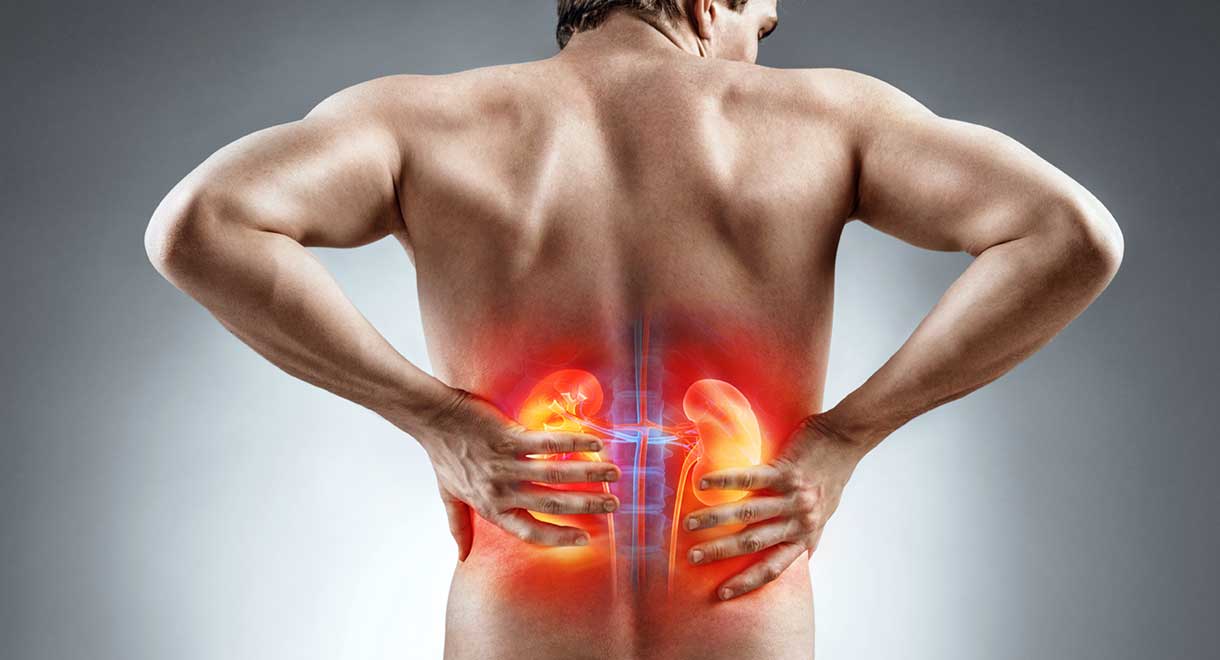

Diabetics Are At Higher Risk Of Kidney Problems
Nearly a third of people with diabetes develop kidney disease. Your kidneys function to remove waste products and excess water from the bloodstream, which are released as urine. The kidneys are comprised of a system of tubes and blood vessels called nephrons. That’s why disease of the nephrons is called nephropathy.
The main structure in the nephron is a group of closely woven blood vessels called the glomerulus, which acts as a filter.
High blood sugar and high blood pressure cause damage to the glomerulus and make the tiny blood vessels leaky. People with diabetes also usually have blood vessels that are clogged with fat, impairing circulation and further increasing the risk of kidney disease. If the glomerulus has been damaged, protein will leak from the bloodstream and be lost in the urine. This protein is called albumin and its presence in urine is called microalbuminurea.
If enough glomeruli have been damaged, the kidneys cannot function properly and the patient is said to have kidney failure. If this is severe enough, the patient may require dialysis and then a kidney transplant.
People with diabetes are also more likely to have related problems like repeated bladder infections and damage to the nerves that travel to the bladder. This can cause symptoms such as urinary urgency, frequency, incontinence and needing to urinate frequently at night. Diabetics are also at greater risk of developing kidney stones, particularly uric acid kidney stones because they have very acidic urine. Obesity and Syndrome X are also associated with more acidic urine.
In people with type 2 diabetes, there is often some degree of kidney damage when they are diagnosed. This is because high blood sugar, high blood pressure and atherosclerosis are usually present for some time before the official diagnosis of diabetes is made. Mild to moderate kidney disease usually doesn’t cause any symptoms at all; however, the following symptoms are possible:
- Weight gain
- Swelling of the face, feet and hands
- Muscle twitching
- Abnormalities in the heart’s rhythm (this is because of high levels of potassium in the bloodstream)
If kidney disease becomes more severe, the kidneys cannot remove waste from the bloodstream. A high level of toxins in the bloodstream is called uremia. It causes people to be confused, disoriented or comatose.
Kidney disease is diagnosed through blood tests; that’s why you should have your kidney function checked via a blood test every year if you are a diabetic. Normalizing blood pressure and blood sugar are the most effective ways of avoiding diabetic kidney disease. If you are a diabetic, the closer you can get your blood sugar to normal, the lower your risk of suffering diabetic complications such as kidney disease. Sugar can enter your body through your mouth, and your liver produces small amounts of sugar. Reducing the amount of sugar you put in your mouth can be very difficult because a lot of people find sugar addictive. It’s not just plain sugar; carbohydrate rich foods like bread, pasta, rice, fruit, potatoes, breakfast cereals and any food made of flour will raise a diabetic’s blood sugar. If you can keep your blood sugar stable throughout the day and avoid crashes in blood sugar, your cravings should be greatly diminished. The herbs in Glicemic Balance capsules help you achieve that.
You can also see the dietary recommendations in our diabetes book, and you may benefit from taking a kidney tonic.
The above statements have not been evaluated by the FDA and are not intended to diagnose, treat or cure any disease.
Know someone who might benefit from this article? Share it!
Need Help?
1-888-75-LIVER
Monday to Friday, 9:00 am to 5:00 pm MST
100%
Satisfaction Guaranteed
If it’s faulty or wrongly described, we’ll replace it.













